Some tips to improve our travel photos
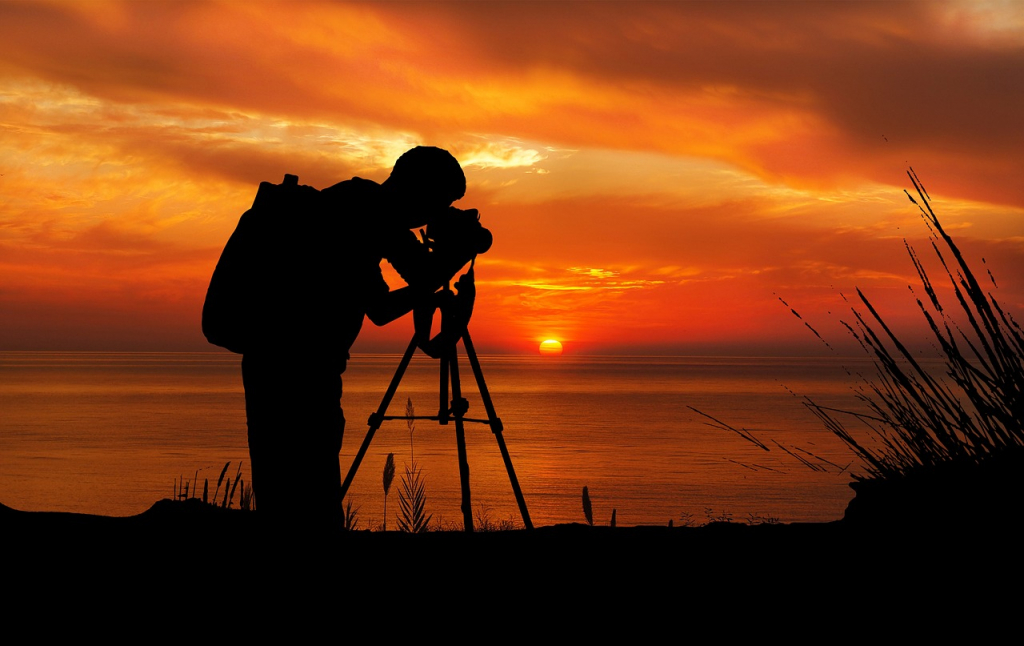
Taking a good travel photo is not easy; on the one hand there is the need to fix precious memories, on the other there is the desire to enjoy the experience. In fact, regardless of the trip, whether it's a weekend in the countryside or a whole month across Europe, taking photos captures memories of these moments and experiences so they can stand the test of time. Capturing realistic, powerful and original images will enrich your adventure, but how can you improve your travel photography ?
There are tons of tips out there to improve your travel photography, but when you're just starting out, it can only be confusing. . For this, I have chosen only 20, all very simple, which will help you take better photos.
Always carry your camera with you
The first fundamental step to improve in travel photography is to learn to use the camera and always carry it with you.
The good news is that you don't need the latest camera to take pictures of majestic landscapes or cityscapes. You can also get impressive results with a point and shoot camera or smartphone, if you know what you're doing.
Learning the relationship between ISO, shutter speed, and aperture can take time and practice, but it will be well worth it. You'll find good subjects where you least expect them, so make your photography a priority and be ready to shoot at any moment. You can rest when you get home.
Do your research before you go
Site scouting before you leave will save you an enormous amount of time, don't leave searching for the best places to chance.
Thanks to the internet, this can now be done from the comfort of your home. Being able to find the best places to take photos in a city or place can be simple, just scroll through Instagram or Flickr, filtering through hashtags or geotags.
There are also Facebook groups dedicated to specific regions of the world or photographic subjects.
A common practice among freelance photographers is to use stock photography websites such as Shutterstock or Alamy to figure out which types of images sell the most. Stock photography usually has detailed descriptions of the location, plus, they can show you how to make a photo stand out, inspiring you to shoot.
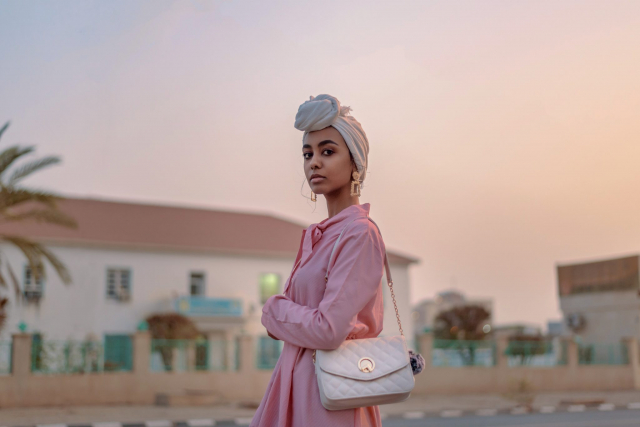
Prepare an itinerary
Once you've researched your location, save the points you want to shoot on Google Maps or OneNote.
Your directions will now be uploaded to your smartphone. However, if you are traveling to a remote destination or are unable to access the internet, a better alternative to Google Maps is Maps Me . This allows you to download country specific maps for offline use.
Windy Maps is another great tool if your goal is to conquer peaks and capture off-the-beaten-path landscapes. This application is aimed primarily at hikers and provides detailed information about walking routes and altitude profiles, all offline.
Researching ahead of time can help you decide not only where to go, but when to go. Traveling to a distant destination will only be worth it if you're there at the right time.
Again, there are a number of tools that can help you. SunCalc can be used as a reference to know the position of the sun anywhere in the world. More sophisticated applications like Sun Surveyor , The Photographer's Ephemeris and PhotoPills can show how the sun, moon and stars move across the sky, to help you plan your perfect shot.
Get up early
There's one piece of advice that never gets old: wake up early and stay out late.
The ingredient that will really make a difference to your photos is light, and the best light is found in the early morning hours and just before sunset during the golden hour. The soft light cast by the low-lying sun will minimize contrast and give your images a warm glow.
Another benefit of shooting early is that you'll avoid crowds; this is also important if you are visiting well-known and popular tourist sites. Shooting late is just as important as getting up early. The opportunity to capture a sunset or a nighttime cityscape can be just as rewarding. Bring a tripod with you to shoot long exposures and light trails.
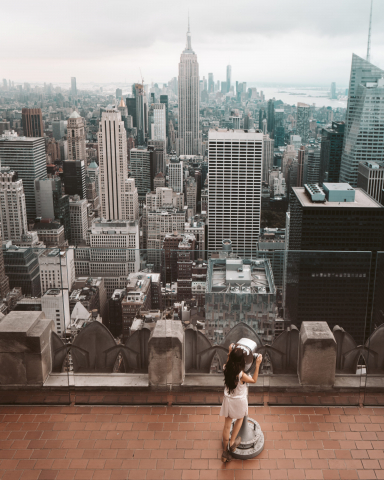
Learn the rules of composition (and break them)
While knowing your camera settings is important, composition also plays a key role in making your shots better. There are several rules photographers follow to create balanced and powerful images. The most common is the rule of thirds .
Simply divide your frame into 9 parts by intersecting 2 horizontal and 2 vertical lines. Then place the main subject of your photograph where the lines cross. There is usually a useful “grid function” on your camera or phone that you can activate to help you follow the rule. Once you've had enough practice, however, it will become natural to do so. Other composition tips include filling the frame, paying attention to what's in the background, and working with colors that complement each other.
Of course, the rules of composition are meant as rough guidelines, and as we've explained in this article , they shouldn't always be strictly followed — don't let the rules get in the way of creativity. Knowingly breaking the rules can help reinforce your style or better communicate your message. There's no such thing as a "bad" photo, as long as you know what you're doing.
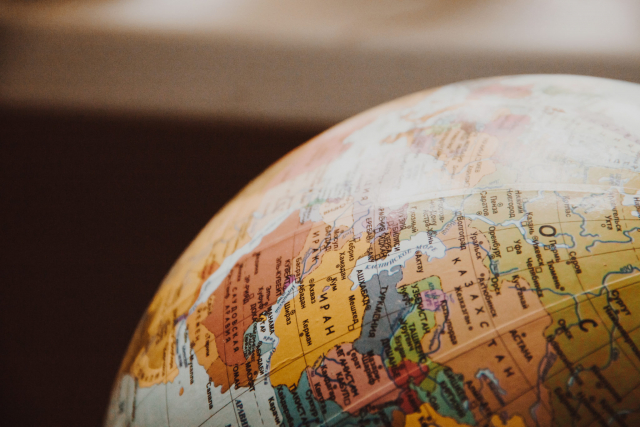
Find a guide
A guide is a person with intimate knowledge of your destination who can help you access hard-to-reach places.
Hiring a guide will help you find local contacts and the most impressive and hidden places. Professional guides help photojournalists navigate remote or conflict-ravaged areas, but even a local photography enthusiast will suffice if your goal is simply to collect one-of-a-kind images.
If you have time, seek out a guide once you reach your destination. Otherwise, search local Facebook groups or search for fellow photographers in the area you'll be going to via Instagram. Hiring a photographer is clearly an investment, but well worth it if you're looking to tell a particular story from a specific angle. In most cases, it's best to avoid travel agencies, as they tend to focus only on the main attractions, the more touristy ones, that have been photographed thousands of times.

Learn the language and customs
If hiring a guide is out of your budget, try to learn some useful phrases in the language of your destination. Simply knowing how to introduce yourself can help start a conversation that can lead to meaningful breakthroughs. If you do portrait photography, knowing how to ask permission to take a shot is essential.
Paying people to have their picture taken is an ethical gray area and you should consider the implications before deciding to do so. Asking permission, on the other hand, should always be done, even more so if you plan on posting your photos online.
Pay attention to local customs and make sure your actions are not offensive to the locals. The customs themselves can be great opportunities for interesting shots, such as photographing local rituals or festivals.
Use the guidelines
Guide the viewer into your photo using guidelines found in the frame, such as landscapes, buildings or roads. Choose the perspective from which you shoot carefully and try to use natural elements to direct the viewer's attention.
Natural lines can also be used to frame an image, drawing the viewer into the scene. Be sure to consider all elements in your shot; the background and foreground are often more important than the subject itself.

Add a human element
Landscapes or cityscapes make for great photos, but including people in the frame will enrich your photos even more. Showing a person in your shot, whether it's a model or a passerby, will help the viewer identify with the scene and give a sense of proportion to their surroundings.
Shooting small people in large spaces is particularly effective if you want to show the contrast between man and nature; adds an “epic” feel to your landscapes.
Shoot in manual mode to enhance travel photography
Learning to shoot in manual mode is a leap forward on your journey to great travel photography. Understanding the relationship between shutter speed, aperture, and ISO takes some patience. But once you get the hang of how it works, it will improve your photography dramatically.
When we talk about ISO we refer to the sensitivity of the sensor with respect to light. As a general rule, this setting should be kept as low as possible (100) to avoid the appearance of grain in the image. Using the exposure triangle is a great way to learn how to control your camera in manual mode.
Adjusting shutter speed and aperture can be a bit tricky; selecting the correct settings will depend on what you are photographing. If you're photographing events or fast-moving wildlife, you need to prioritize shutter speed, while for portraiture and still life adjusting the aperture will help you get more or less depth of field.
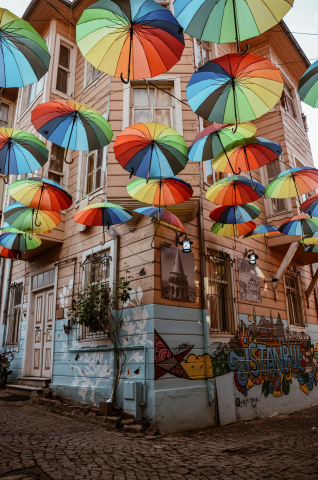
Be inspired
The photographs you see online or in books influence the shots you take. Seeking inspiration from the masters of the art of travel photography is a good idea. Whether it's in books, magazines, photography websites, or social media, spend some time trying to understand how professionals build their style and reputation.
Photojournalists and photographers often work in different ways, but there's a lot to learn from looking at shots from both. It's not about imitating a style or reproducing an image, but rather studying the details that transform a good photo into a great one.
Visit websites like National Geographic or the winners' galleries of the international Travel Photographer of the Year competition for inspiration. Who knows, maybe follow the advice in this article and you might see one of your photos in the winners' galleries!
Develop a style
Most photographers specialize in one niche; focusing on a specific subject or type of photography will help you find your voice.
This, for example, will also make you more selective about the equipment you buy. Why travel with a backpack full of lenses, if you only need to carry lenses that fit your niche, such as landscapes, architecture, people or animals. This, in turn, will result in better images and help you build a respectable portfolio in a well-defined field.
Use a tripod to enhance your travel photography
It is important when traveling to have light luggage. However, it is always important to add a tripod to your equipment if you intend to shoot moving photography, such as light trails or waterfalls, and indoor photography.
Tripods come in all shapes and sizes. Unless you're carrying a heavy telephoto lens, most mid-range models will do just fine. Travel tripods pack compact and don't put too much pressure on your shoulders. For example, I found a very light one, not of great quality, which accompanied me on most of my travels.
Using a tripod will make travel photography less spontaneous, but stabilizing the camera will reduce the risk of camera shake. Plus, you can also experiment with long exposures.
Use CPL and ND filters
Attaching a filter to the front of your lens will not only protect it from scratches or smudges, but it will also improve the quality of your images.
There are 2 main filters you should consider using in travel photography; a circular polarizing filter (CPL) and a neutral density filter (ND).
A CPL filter gives you more control over the amount of reflected light hitting your lens. It screws on and helps you avoid glare, as well as reduce visible reflection off surfaces like water or glass. A side effect of CPL filters is that they tend to saturate colors and darken skies. This can be an advantage in landscape photography, however, there is also a loss in brightness (usually about a stop).
An ND filter, on the other hand, reduces the amount of light entering the camera through the lens. ND filters allow you to experiment with long exposures even in broad daylight. For example, you can slow down the water in a waterfall using a long exposure without the risk of overexposing the image. It is also possible to remove people walking on a busy street by keeping the shutter open. However, a tripod is essential for this.
Prioritize quality over quantity
Patience plays an important role in travel photography. Taking the time to wait for an opportunity, shoot, and evaluate your work undoubtedly results in better shots.
Be critical of your photographs and try to think about what could be improved every time you take a photo. Give yourself extra days to go back to the locations if the weather isn't what you want. See the details of your photo after you take it. Are there unwanted elements in the background? Are there any signs of glare? Is it distorted? Check for small errors and reshoot if necessary.
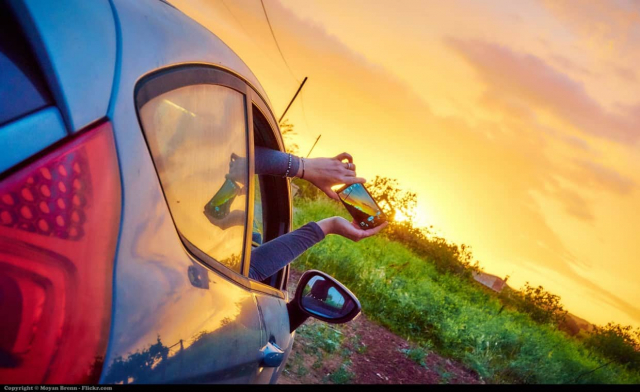
Mingle with the locals
If you want to photograph people or scenes in an unobtrusive way, you're more likely to draw attention to yourself if you carry a large camera with you. Reduce the risk of unwanted attention by carrying around a more compact model.
When you arrive at your destination, spend a few hours blending in and getting to know the people around you. Try to make people comfortable with your presence before asking to take pictures of them. It's another easy way to improve your travel photography.
Pack spare batteries and memory cards
Always pack extra batteries; you never know when you will find yourself in a remote place with no electricity. You may come across a subject you didn't expect to fall in love with and take more pictures than you originally intended, or decide to shoot a video. Whatever the circumstances, having extra batteries will allow you to keep shooting.
Extra batteries are especially useful if you are traveling to cold destinations. Cold temperatures cause batteries to deplete faster. Keep this in mind if you're hiking at altitude or photographing snowy landscapes.
The same goes for memory cards; you don't want to waste precious time trying to decide which pictures to delete if you run out of space. Always carry extra cards with you, and if you forget them, go buy them on the first day of your trip - they are available in most cities.
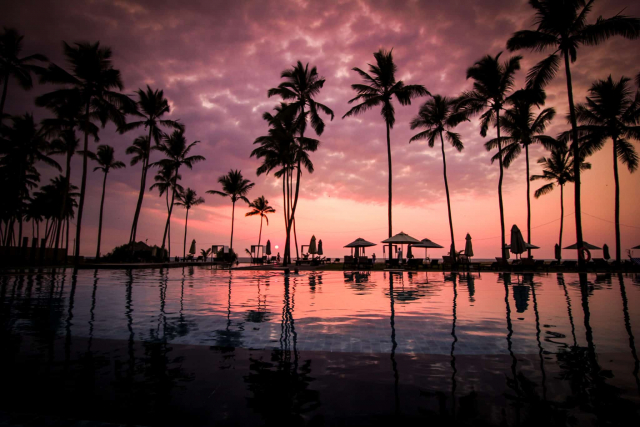
Get as close to the subject as possible
If you have the choice between using a telephoto lens at a distance from your subject or a shorter close-up lens, always choose the latter.
- Being closer increases the quality of the photo and adds a more personal touch to the shot.
- The difference between a "stolen" photo and an image designed by you is clearly visible.
- Analyzing angles and perspectives, looking at details and filling in the frame will give you better photographs.
- Carrying smaller lenses means traveling with less weight.
Back up your photos frequently
Unfortunately, accidents such as loss or theft do happen, and while the equipment can be bought back, the photos are lost forever.
Many new digital cameras come with a built-in Wi-Fi feature, making it easy to transfer or archive photos to online storage services.
Google Photos now allows unlimited image storage, albeit with a resolution limit of 16 megapixels per image. Dropbox, on the other hand, allows you to archive all your photos at their maximum resolution for a small monthly fee (or for free up to 2GB).
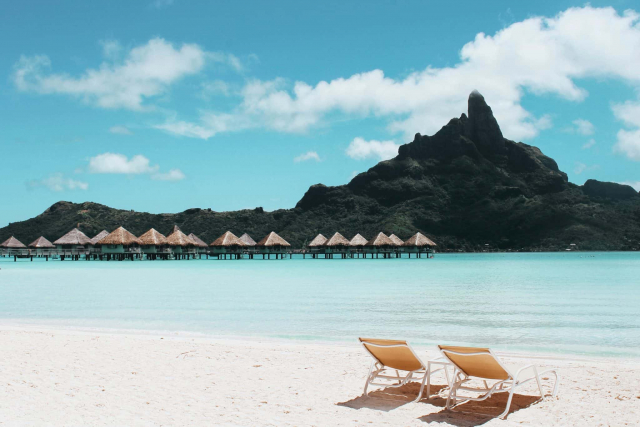
Learn how to edit photos
Editing should be thought of as part of the process of creating a photo. The processing already happens in-camera when light is converted into pixels, but adjusting colors and exposure in post-production is essential to improving your travel photography.
It takes time to master Lightroom, but basic post-production adjustments will still make a huge difference and can be applied in a matter of seconds. If you're using Lightroom presets, these changes can be made with a click or two
- Start cropping and straightening your image to perfect your composition
- Then move on to adjusting the white balance, shadows and highlights
- Always apply sharpening and enhance color tones using the HLS panel or tone curves,
Avoid getting too heavy-handed with editing, as overdoing it can degrade the quality of your photo. Try to get as close to reality as you remember it, and avoid falling prey to trends by using the same color palettes you see everywhere.
When you subscribe to the blog, we will send you an e-mail when there are new updates on the site so you wouldn't miss them.
By accepting you will be accessing a service provided by a third-party external to https://www.insightadv.it/


































































Comments